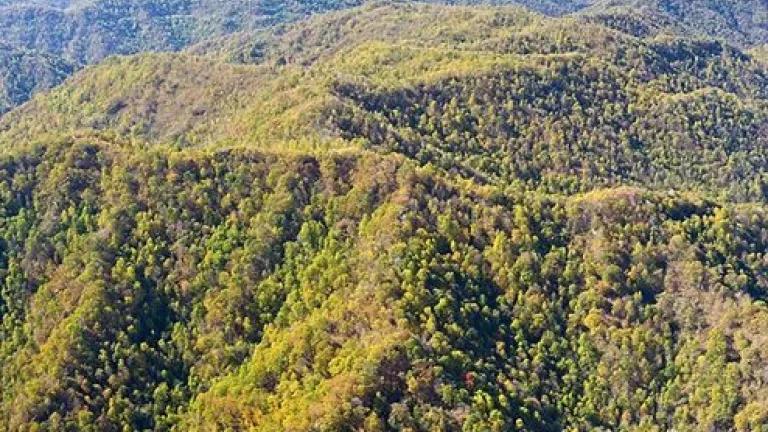
Coal River Mountain is under siege by Massey Energy, which has begun blasting and land-clearing activities in preparation for a massive mountaintop removal operation that would kill the dream of those who see the mountain as a beacon of hope for clean energy. West Virginia residents living in the shadow of Coal River Mountain support an alternative energy project that would power local homes and boost the local economy with a wind farm located along the ridgeline. As the fight to save the mountain escalates, the U.S. Environmental Protection Agency is getting into the act.
Last week, EPA began investigating the Bee Tree Mine site to determine whether Massey is conducting its mining operation without without first obtaining a "dredge-and-fill" permit under Section 404 of the federal Clean Water Act. Apparently, EPA officials visited the site earlier this month and just sent a letter to Massey's subsidiary, Marfork Coal Co., demanding an extensive list of information regarding its current activities on Coal River Mountain. The letter raises the question of whether the blasting and other land clearing work happening on the site is in preparation for mountaintop removal operations that certainly will require the type of permits that have yet to be issued by the Army Corps of Engineers.
This is a developing situation so it's not clear right now if EPA's involvement will forestall Massey's operation. But certainly more regulatory oversight is a welcome development and perhaps may halt the mining, giving Coal River Mountain a much-needed reprieve.
According to Appalachian Voices,
The employment benefits of wind development as compared to coal mining are substantial for nearby communities. Development of a 229 turbine wind site on Coal River Mountain would directly create between 200 and 250 jobs per year for the first 2 years of construction and would support more than 50 permanent jobs in the area - potentially in perpetuity. Surface mining would directly create between 50 and 150 jobs per year for about 14 years while the mines were active, after which the land would be unsightly, unstable, and of little use for economic development in the forseeable future.
The choice is simple: Cede another majestic Appalachian mountain to a fate of total destruction for the sake of dirty energy or salvage it through a clean energy alternative that offers a win-win for the environment and the local economy.
